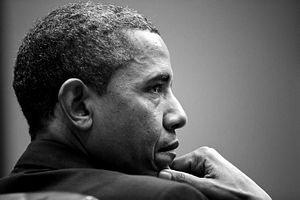In November 2009, on his first visit to Asia as president, Barack Obama declared in Japan: “There must be no doubt. As America’s first Pacific president, I promise you that this Pacific nation will strengthen and sustain our leadership in this vitally important part of the world.”
Two years later, standing before the Australian parliament in Canberra, he presented a more detailed vision of America’s commitment to the Asia-Pacific, saying, “So let there be no doubt: In the Asia Pacific in the 21st century, the United States of America is all in.” A month earlier, U.S. Secretary of State Hillary Clinton’s high-profile article in Foreign Policy on “America’s Pacific Century” explained why and how the country must “pivot to new global realities” and fully embrace the opportunities of the dynamic Asia-Pacific in the 21st century.
In introducing the “pivot” – the word itself evoking muscularity, athleticism, agility – the Obama administration set a very high bar for American influence and action in the Asia-Pacific. The policy can point to many successes. But as Obama’s time in office comes to an end, the pivot looks like it is in trouble. President-elect Donald Trump now faces a range of challenges for U.S. interests in the Asia-Pacific, many of them self-inflicted.

































